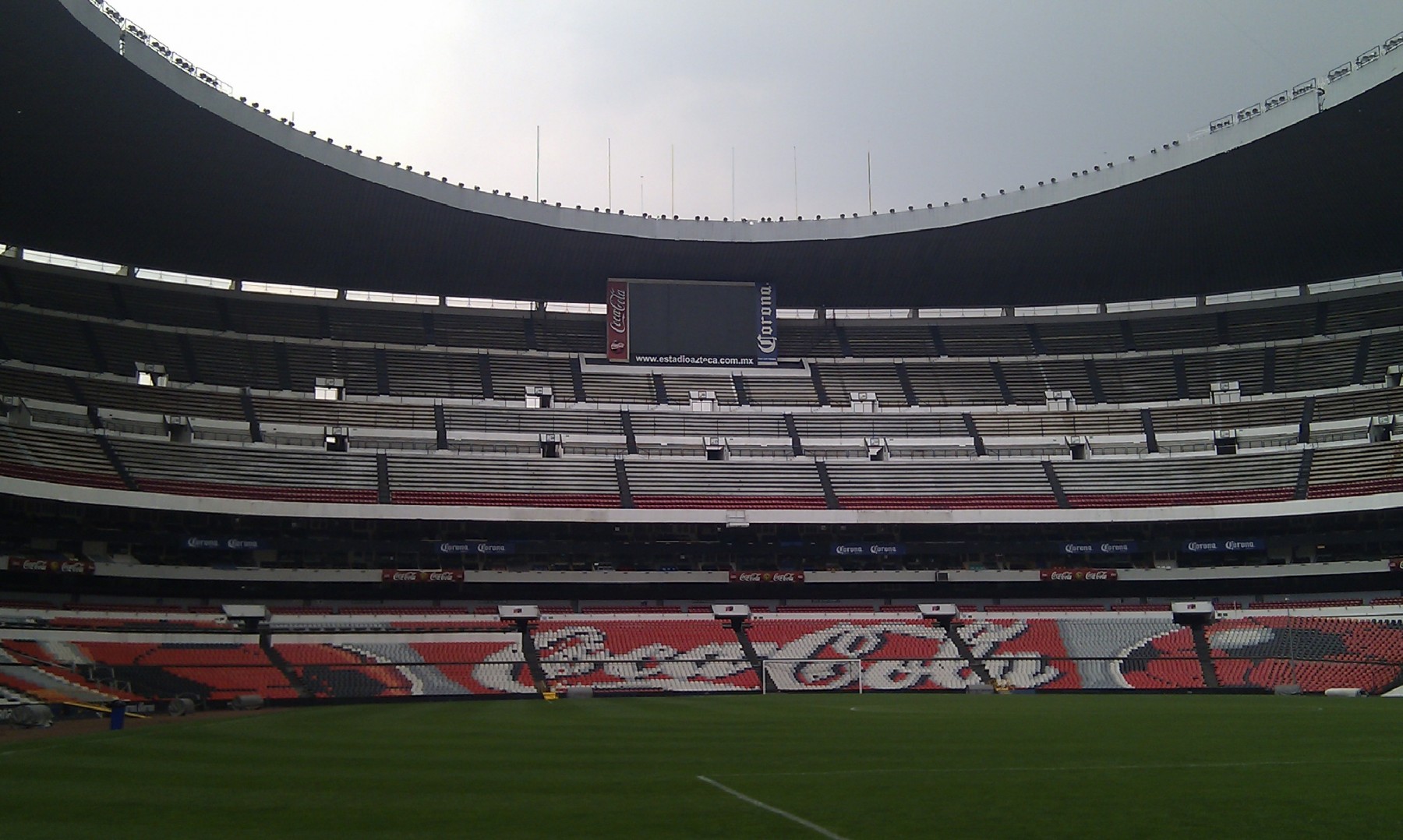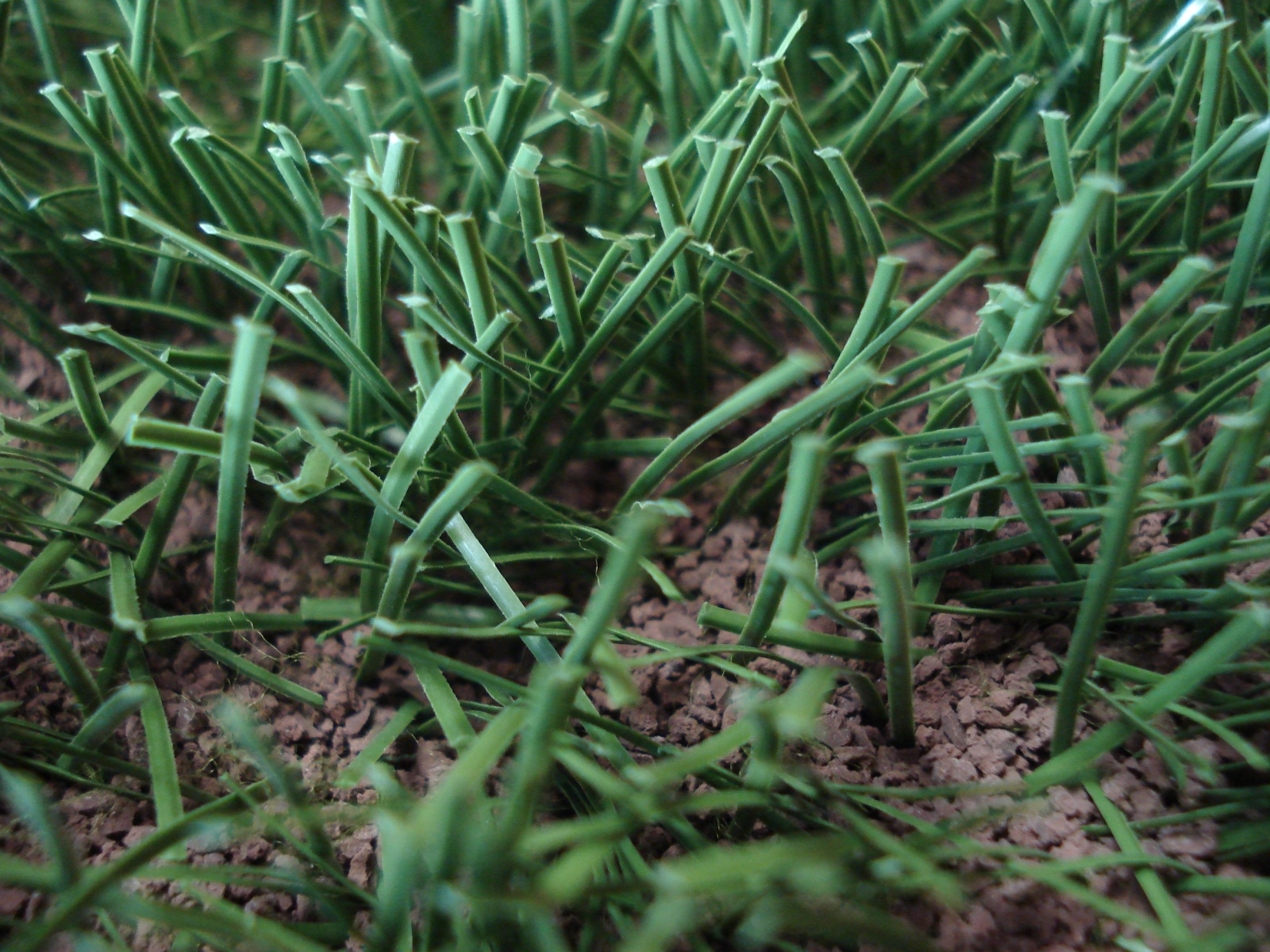Football (or soccer) is a global game traditionally played on natural grass pitches. To thrive, grass needs a favourable environment in which to grow and, as a result, pitch quality can vary considerably. In 2004, third generation artificial turf was approved for use in competitive fixtures providing it meets a minimum set of requirements outlined in the FIFA Quality Programme (FIFA, 2015). The properties of an artificial pitch can also vary considerably due to construction method and wear. The proposed benefits of Football Turf are that it is resistant to difficult climatic conditions, suitable for covered or steep-sided stadia which shade the pitch from sunlight, can be used for longer hours and for multiple uses. At the elite level of the game, strong views regarding both natural grass pitches and artificial turf surfaces are frequently reported in the media especially when a player, coach or manager believes the surface has influenced or could influence the outcome of a game. Therefore, it is important to understand players’ perceptions of the influence of the surface on the game of football.
Aim
The aims of this research were to:
- Conduct a comprehensive assessment of players’ opinions to better understand the influence of playing surfaces on the game of football
- Determine potential explanatory factors that may be associated with different attitudes amongst the global population of elite footballers to the use of different surfaces for football
- Analyse players’ perceived links between playing surfaces and injury amongst a worldwide cohort of players
Approach
- Focus groups and individual interviews conducted with 103 first team players and 21 staff from seven clubs in either Ligue 1 in France or the Dutch Eredivisie
- Thematic analysis conducted to identify patterns in the qualitative data
- Online questionnaire developed based on the themes that emerged from the qualitative data
- Questionnaire completed by 1129 players from 44 different countries
- Advanced statistical techniques used to identify trends in the quantitative data collected
Key Findings
- Players considered that the type and condition of a playing surface influence ball-surface interactions, game play, tactics/strategy, footwear selection, movement, risk of injury and fatigue.
- The majority of players expressed a strong preference for the use of natural turf pitches over alternatives such as artificial turf although this preference is likely to be based on the assumption of a good quality natural turf pitch
- Player characteristics such as age, surface experience, injury history and playing style/position were found to be potential factors that could account for differences in elite players’ opinions regarding the surfaces used in football
- Players with more experience of natural turf surfaces tended to have stronger preferences for using a traditional grass pitch, whatever its condition, compared to artificial turf
- Those that had more experience of alternative surfaces and considered natural turf to have greater variability and less desirable surface properties compared to artificial turf, were more likely to be in favour of using an artificial surface over a poor quality natural turf pitch
- A perceived increased risk of injury on artificial turf remains a primary concern despite a lack of supporting evidence in research studies. Players were concerned with the soreness, aches and pains experienced on different playing surfaces which may not be adequately captured in literature or injury reports.
- To help develop surfaces that alleviate players’ concerns and meet their needs, future research should focus on: (i) current reporting of soreness, pain or fatigue as injuries, (ii) contribution of surface properties to injury, (iii) how the different surface experiences of players from different countries affects their views of injury risk, and (iv) the effect of constant surface switching
Publications
- Owen, A., Smith, A.C., Osei-Owusu, P., Harland, A.R. & Roberts, J.R. (2016). Elite players’ perceptions of football playing surfaces: a mixed effects ordinal logistic regression model of players’ perceptions. Journal of Applied Statistics, 44 (3), pp. 554-570.
- Mears, A.C., Osei-Owusu, P., Harland, A.R., Owen, A. & Roberts, J.R. (2018). Perceived links between playing surfaces and injury: A worldwide study of elite association football players. Sports Medicine – Open, 4:40.
- FIFA (n.d.) Elite Players’ Perceptions of Football Playing Surfaces.
- Roberts, J.R., Osei-Owusu, P., Mears, A.C., & Harland, A.R. (2019). Elite Players’ Perceptions of Football Playing Surfaces: A Qualitative Study. Research Quarterly for Exercise and Sport, 91(2), pp. 239-251.
Other Resources
A PDF version of the online questionnaire can be downloaded here in two different languages, English and French. Please note that to move to the next section, all questions must be completed.


















